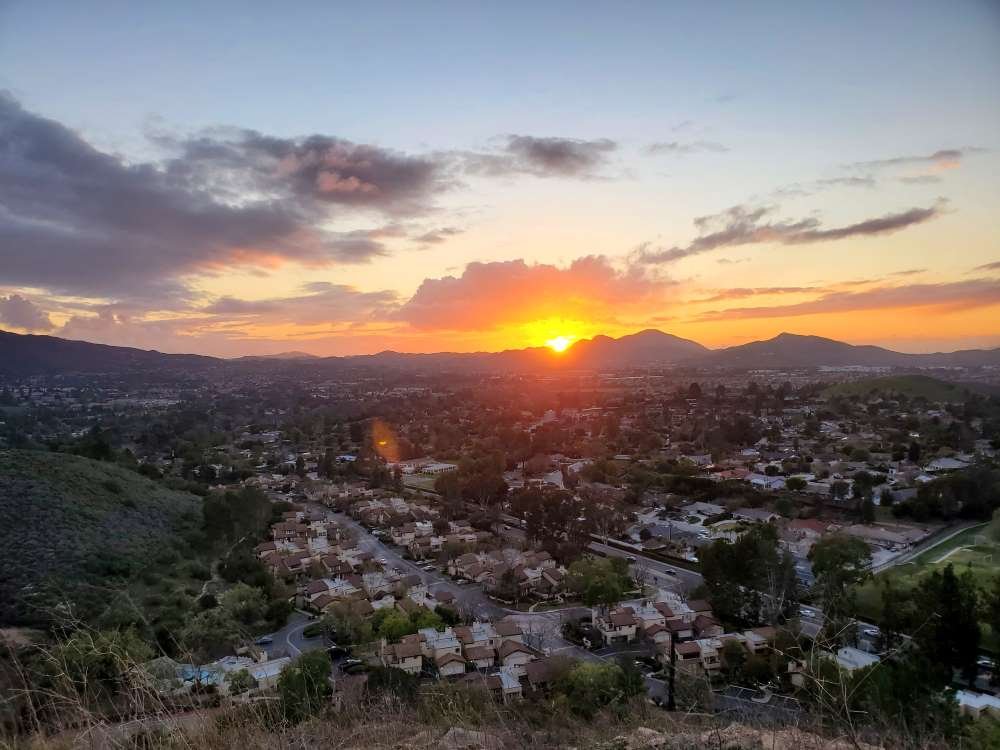Donating to Charities Using a Qualified Charitable Distribution
/If you are age 72 or older and have an Individual Retirement Account (IRA), you are required to take a “Required Minimum Distribution” (RMD) each year. The RMD is calculated by dividing your IRA account balance as of the last day of the previous year by a distribution period dictated by the IRS.
Distributions from IRAs (except Roth IRAs) are generally taxable income. And depending on your total income, the distribution may cause more of your Social Security benefits to be taxable.
Do you give to charities? One way to reduce the tax bite from RMDs is to give using a “Qualified Charitable Distribution” (QCD).
Using a QCD, you can give to your favorite charities directly from your IRA, up to an annual maximum of $100,000. Doing so helps meet your annual RMD requirement, while reducing your taxable RMD income. Yes, the amount of the QCD is excluded from taxable income.
Let’s look at an example.
Fred and Wilma Flintstone, who live in Bedrock, California, have an IRA with RMDs of $40,000 in 2021. Their only other income is $25,000 apiece in Social Security Income. They gave $5,000 to their favorite charities by writing checks and otherwise do not itemize deductions on their tax returns (their mortgage at 301 Cobblestone Way is full paid and thus no mortgage interest expense).
Based on the above, the Flintstones would owe taxes of $4,603 federal and $35 state on their 2021 tax returns.
Instead, if Fred and Wilma contributed to the charities using QCDs directly from their IRA, their tax liability would be $3,493 federal and nothing for the state. That would save them $1,145 in taxes! That’s a lot of Bronto Burgers!
The higher the tax bracket you’re in, the more these QCDs can save you in taxes.
Learn more about Qualified Charitable Distributions at www.irs.gov/publications/p590b#en_US_2020_publink100041439.








